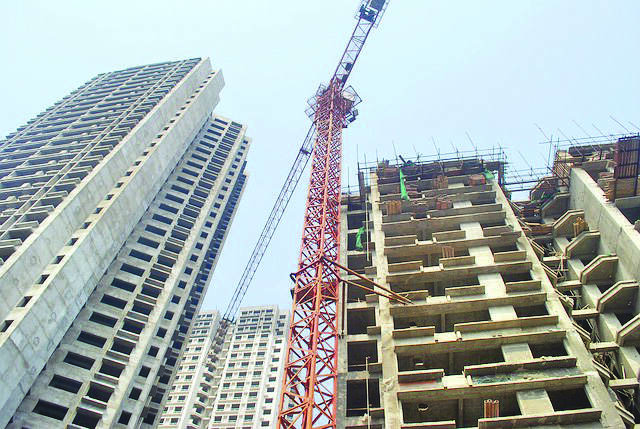Builder can't be asked to raze down validly constructed structures: SC

New Delhi: In a recent judgment, the Supreme Court validated the pre-existing construction made by a Project Proponent, based on the Environmental Clearance (EC) obtained as per the legal framework that existed at the relevant time, invoking the principle of legitimate expectation. However, the Apex Court directed further construction to be carried out only after obtaining fresh EC under the existing environmental regime.
A Bench comprising Justices R Subhash Reddy and Hrishikesh Roy endorsed the order of the National Green Tribunal to the extent that the Appellant's EC though invalidated beyond a certain period, its pre-existing constructions made on the said EC were protected.
The Appellant initially came up with a project of 15,040 sq.m., which was below the Environment Clearance threshold limit of 20,000 sq. m.
It approached the Pimpri Chinchwad Municipal Corporation (PCMC) with the layout to eventually obtain the Environment Clearance from SEIAA.
The requisite permissions were granted for 15.040 sq. m. Being below the threshold limit, EC was not required for the construction, at this stage.
The Appellant obtained permission to expand the project to a built-up area of 49,012 sq. m. It approached the PCMC with a layout and received requisite approval from the Municipal Corporation on 28.11.2016.
The Ministry of Environment, Forest and Climate Change (MoEFCC) brought about a change in the EIA regime by notification dated 09.12.2016, whereby the EC could be obtained from the Environmental Cell of the local authorities like PCMC.
This was supplemented by the notification dated 07.07.2017, which stated that no separate EC are required for projects up to 1,50,000 sq. m. in Pune and Konkan division. The State of Maharashtra adopted the 2016 notification.
Thereafter, the Appellant applied for EC and the PCMC appraised the same and permissions were granted as per 2016 and 2017 notification.
In the meanwhile, the NGT quashed certain portions of the 2016 notification on 08.12.2017 and MoEFCC was directed to revisit the said notification accordingly.
The Original Applicant had approached the NGT alleging that the Appellant had made constructions without obtaining the EC from SEIAA. A three-member Committee of NGT, on-field verification reported that construction on 22930.17 sq. m. was already completed.
In its order dated 17.11.2020, the NGT took the view that the constructions were irregular.
The Appellant, aggrieved, approached the Apex Court, which after setting aside the order of NGT remitted the matter back for its consideration.
The Appellant argued that after the 2016 notification it was required to obtain EC from PCMC and it had adhered to the same.
Moreover, the order of the NGT quashing certain portions of the 2016 notification did not nullify the EC already granted under the original 2016 notification.
The argument resorted to, by the Original Applicant was that considering the quashing order of the NGT, the construction pursuant to the grant of EC on the basis of 2016 notification would not be legitimised.
The NGT observed that the invalidation of the 2016 notification made the EC obtained from the PCMC unacceptable and not valid.
"A Project Proponent is not expected to anticipate the changes in EC regimes, especially as a result of judicial interventions, and keep revisiting the sanctioned clearances by the competent authority or even raze down validly constructed structures. Neither can it be expected to knock the doors of authority, not empowered at the relevant time, to process its applications. Such a scenario would render the process akin to a Sisyphean task, eternally inconclusive and never-ending."
Endorsing the order of the NGT the Court held that the already constructed four buildings would be treated as valid, however for future construction in the sanctioned layout, the Appellant ought to obtain a fresh EC from the competent authority as per the current regime.



